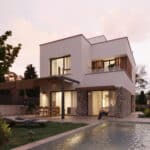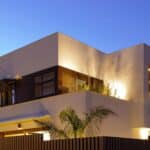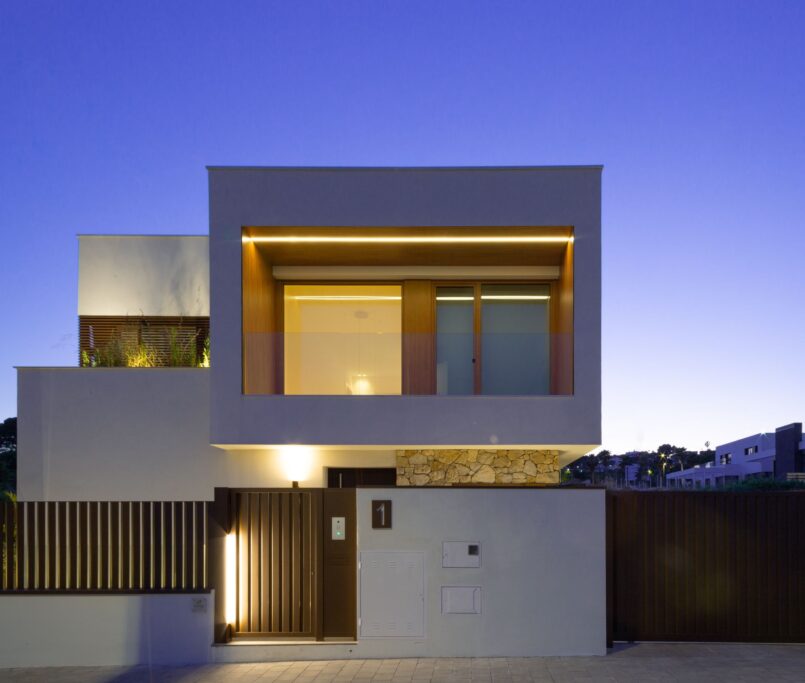Passivhaus dwellings and their impact on utility bills
The Passivhaus certificate is a document officially ensuring that a property can be classified as a “Passivhaus dwelling”, that is, a sustainable dwelling. These constructions are based on a stringent control of their infiltrations, thermal insulation and renewable energies utilisation. Here we will talk about their impact on utility bills.
The most efficient tariff
When moving or buying a new house, there are so many things to consider that we do not pay attention to details that will make a great difference in the future. This is usually the case for getting the electricity connected. We try to deal with the procedure as soon as possible without thinking about, among other things, the electrical output we are contracting. The electrical output is the capacity for the supply to support all the appliances active at the same time without blowing the fuses. The price for getting the electricity connected is significantly higher depending on the power kilowatts contracted. Therefore, it is vital to assess the house energy use before contracting the exact electrical output needed when getting the electricity connected.
Another overlooked factor is the electricity tariff. Many people believe that every electricity company offers a single energy plan for everybody. However, there are multiple options for specific users, such as the time discriminating tariff. Moreover, many electricity companies provide very similar tariffs making difficult to distinguish which company is the cheapest one. It is not true that all the electricity companies are the same or have the same prices, so it is worthy to take the time to think about which one is the best one to subscribe to without forgetting that one offer for a specific group of consumers might not be as suitable for another group. That is, we need to find which company is the cheapest for our case.
Passivhaus Dwelling Characteristics
Passivhaus standard was born out of research carried out by several German universities. Here we explain in detail which are the requisites an energy-efficient house must comply with:
-
Casas hermetizadas
Infiltrations, that is air and heat input and output, must be controlled in order to prevent any loss. Normally, heat loss comes from Windows. This is why Passivhaus dwelling Windows must feature double or tiple glazing with a low-emissivity noble gas inside. Thus, indoor heat is retained and energy use is reduced.
-
Thermal Insulation
Thermal insulation is critical to prevent heat losses. Passivhaus dwellings must feature a thicker insulation as possible using several materials. Thus, we can eliminate thermal bridges and achieve a high airtightness thermal inertia.
-
Ventilation
Passivhaus standard introduces ventilation by means of heat recovery. This means hot stale air expelled hands over its heat to the cleaner air being introduced in the house. Thus, indoor heat loss is minimised, and indoor air is renewed.
Want to know more? Visit this web to see different types of Passivhaus dwellings.











